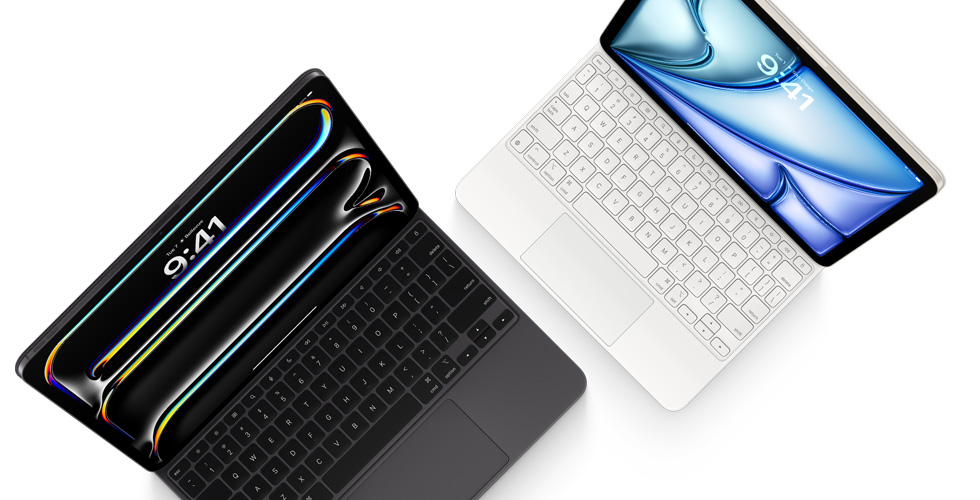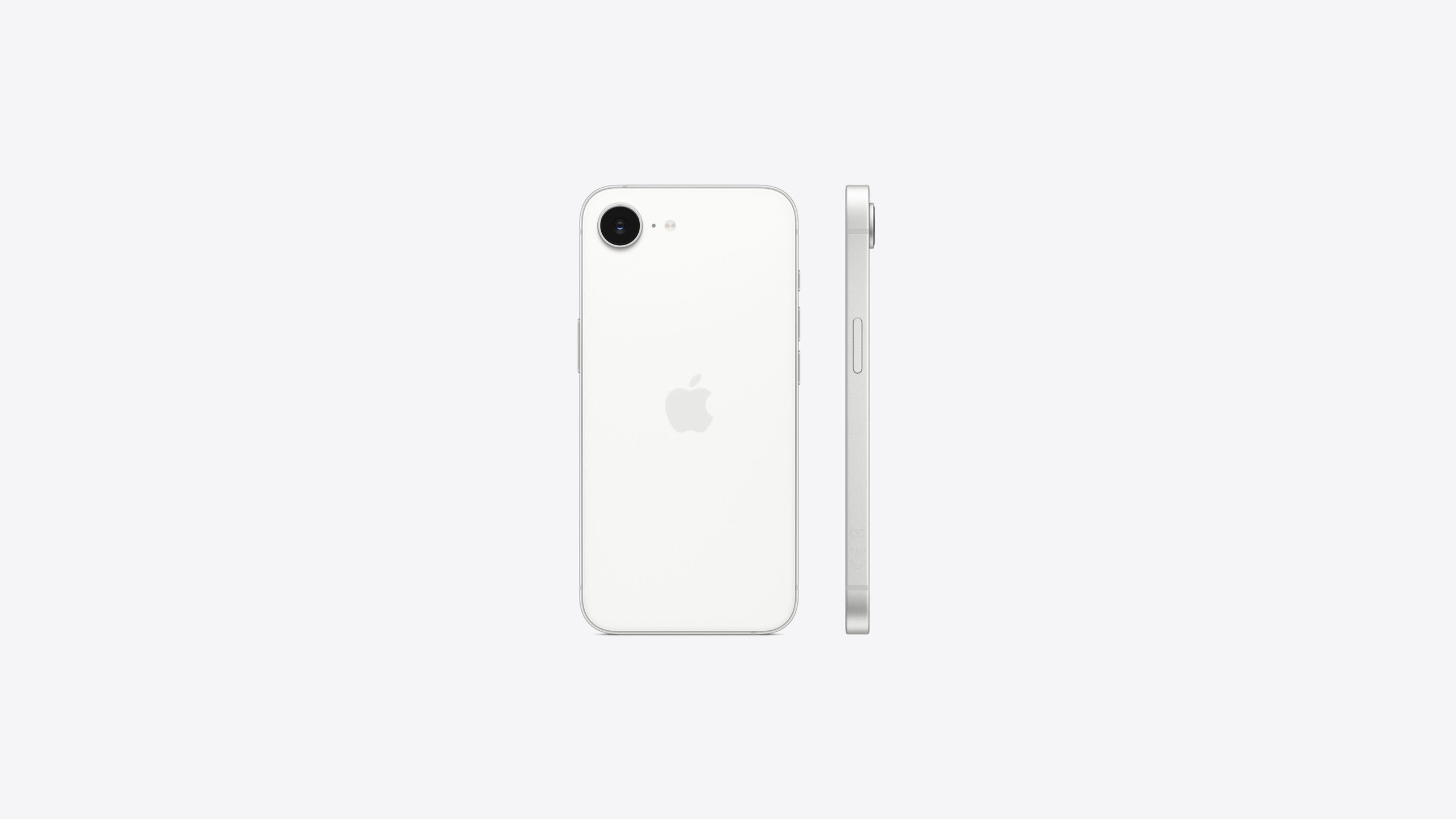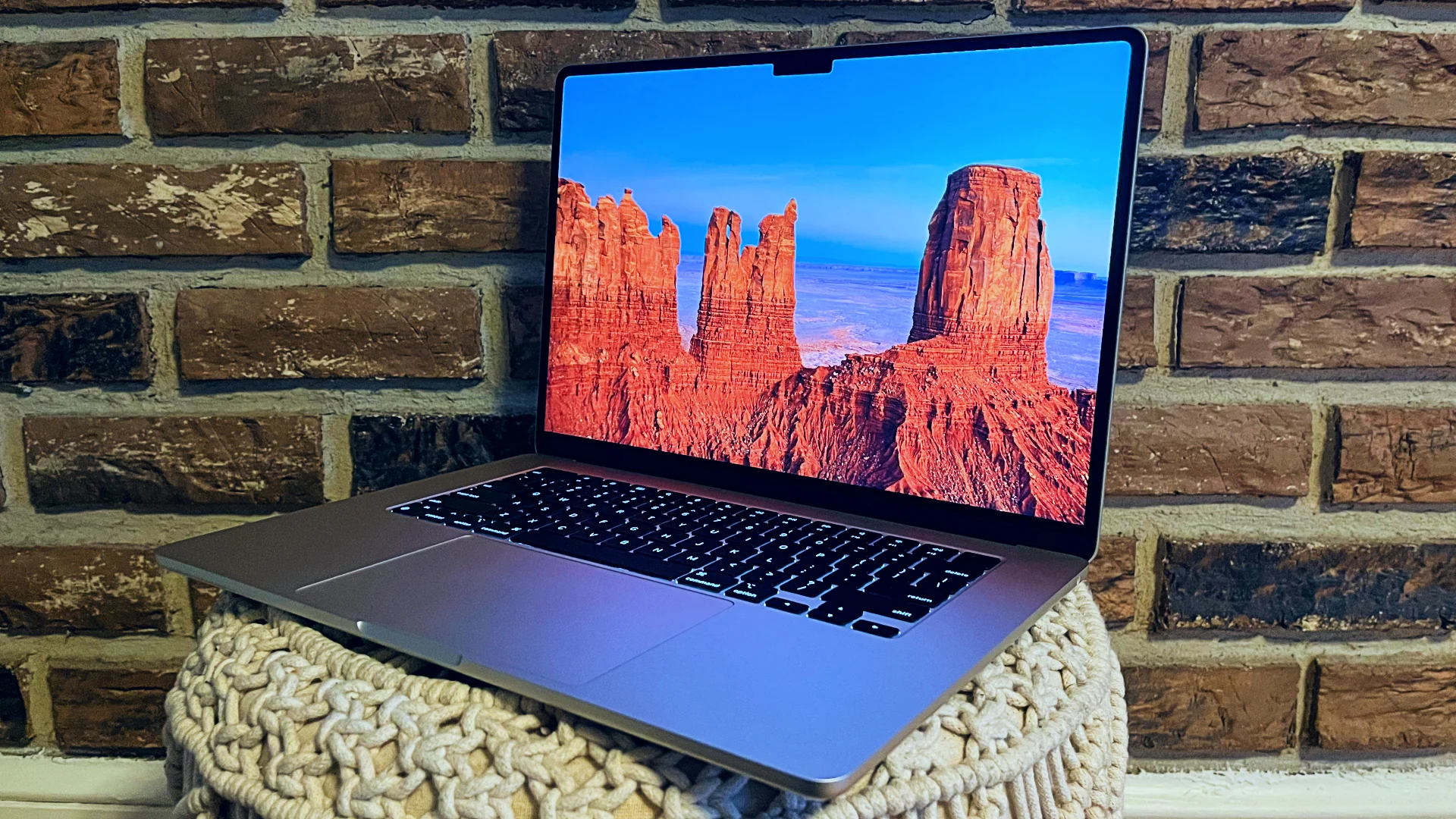We’re still more than a year away from Apple’s first foldable iPhone hitting the shelves. Rumors have been swirling for a while, but a fresh report from an expert suggests we’ve been picturing it wrong. This new twist makes the iPhone ‘Fold’ sound way more exciting and practical than before.
The Foldable iPhone Is Finally Taking Shape
Talk about a foldable iPhone used to feel like a far-off dream, kind of like the Apple Car that never happened. For years, people guessed Apple would jump into the foldable game soon, but those claims didn’t hold up. Now, in the last year or so, things have changed. Trusted names like Mark Gurman from Bloomberg, Ming-Chi Kuo, and The Information say it’s real—and Apple’s aiming for a fall 2026 release.
From Flip Phone to Book-Style Design
Last summer, the buzz was all about a flip-phone-style iPhone—one that folds top to bottom. It’d be tiny when closed and stretch into a taller screen when opened. But the latest news flips that idea completely. Ming-Chi Kuo, who’s great at digging up supply chain secrets, says the foldable iPhone will open like a book. Picture this: a smooth 7.8-inch screen inside and a 5.5-inch display outside. That’s a big shift from what we thought before, and it’s got me feeling relieved and curious. Why? Because this book-style setup just clicks better.
A Handy Mix of iPhone and iPad Mini
I’ve always loved the iPad Mini—it’s small but mighty. These days, I stick to my 13-inch iPad Pro for work, and juggling another device alongside my iPhone feels like too much of a hassle. But this foldable iPhone could be the best of both worlds. With a screen that unfolds to nearly 7.9 inches—super close to the iPad Mini’s size—it’d be a phone when I need it and a mini tablet when I want more.
Why This Feels Like a Win
A top-down fold seemed odd and not very useful to me. But a book-style iPhone? That’s a fresh take—combining pocket-friendly size with a bigger screen for real tasks. It’s not just Apple chasing a trend; it’s a smart new option. I’m already looking forward to hearing more about this 2026 surprise!








